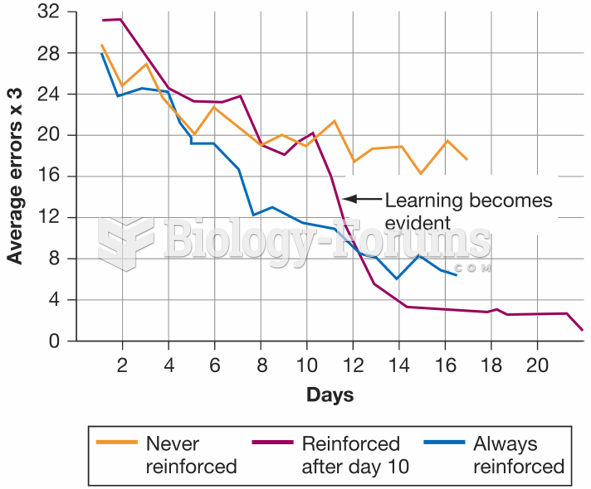This topic contains a solution. Click here to go to the answer
|
|
|
Did you know?
Pregnant women usually experience a heightened sense of smell beginning late in the first trimester. Some experts call this the body's way of protecting a pregnant woman from foods that are unsafe for the fetus.
Did you know?
Approximately 500,000 babies are born each year in the United States to teenage mothers.
Did you know?
Patients should never assume they are being given the appropriate drugs. They should make sure they know which drugs are being prescribed, and always double-check that the drugs received match the prescription.
Did you know?
Your heart beats over 36 million times a year.
Did you know?
This year, an estimated 1.4 million Americans will have a new or recurrent heart attack.







